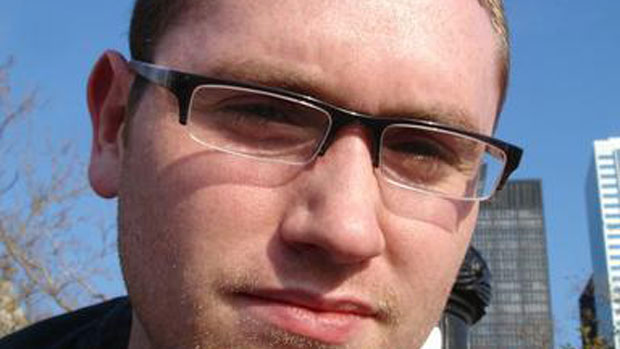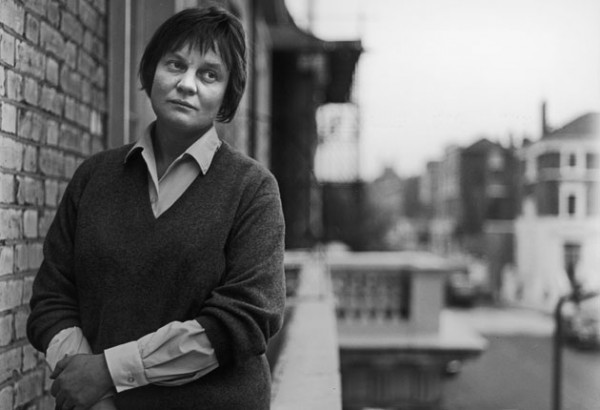Introducing: Karl Whitney

Editors’ note: As we head towards publication, we thought we would introduce our contributors.
For our money, Karl Whitney is Dublin’s best psychogeographer since James Joyce. Witness, his narrative walks ’round the boundaries of Tallaght, and his search for the hidden waters of the Liberties and St. Patrick’s well, the lost tramways, and Bram Stoker and Ireland’s ghost estates. Karl doesn’t confine himself to Ireland, though. He has written on the Situationists, Parisian streetscapes, and Oulipean Georges Perec. For gorse, Karl runs the Paris of fellow Oulipean Raymond Queneau:
Whereas Queneau’s Paris — the area in which he lived and the place he wrote most about — was located to the west of the city, I was drawn to the east. That’s where the apartment I shared with my girlfriend was, that’s where the library I worked in stood. So when I ran out the door of my apartment building and thought about Queneau’s Paris, I was translating it from west to east: to the storefront petrol stations and pizza joints of the area near place de la Nation. But, as I ran, I was also thinking about the way, in the early 1930s, when work was hard to come by for Queneau as for many others, he picked up a job writing a tiny column for a newspaper. Each day, three, often cryptic, questions about Paris would turn up in L’Intransigent under the heading ‘Connaissez-vous Paris?’ The following day, the answers would be printed below three more questions, and so on. Queneau wrote the column between November 1936 and October 1938, after which he got a job at the publisher Gallimard as a reader.


